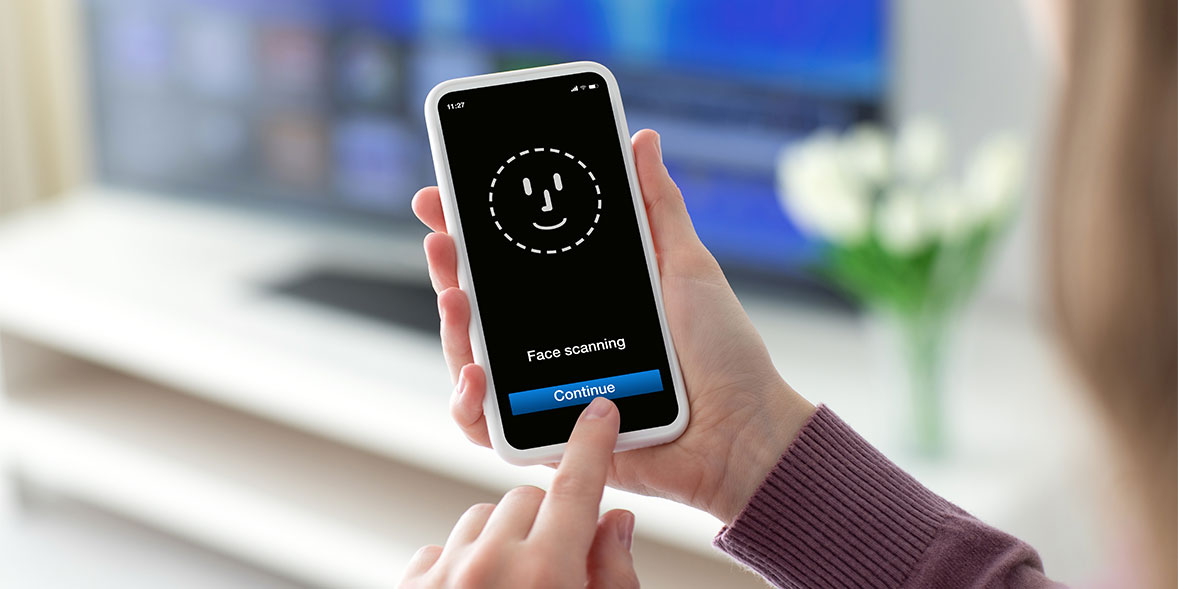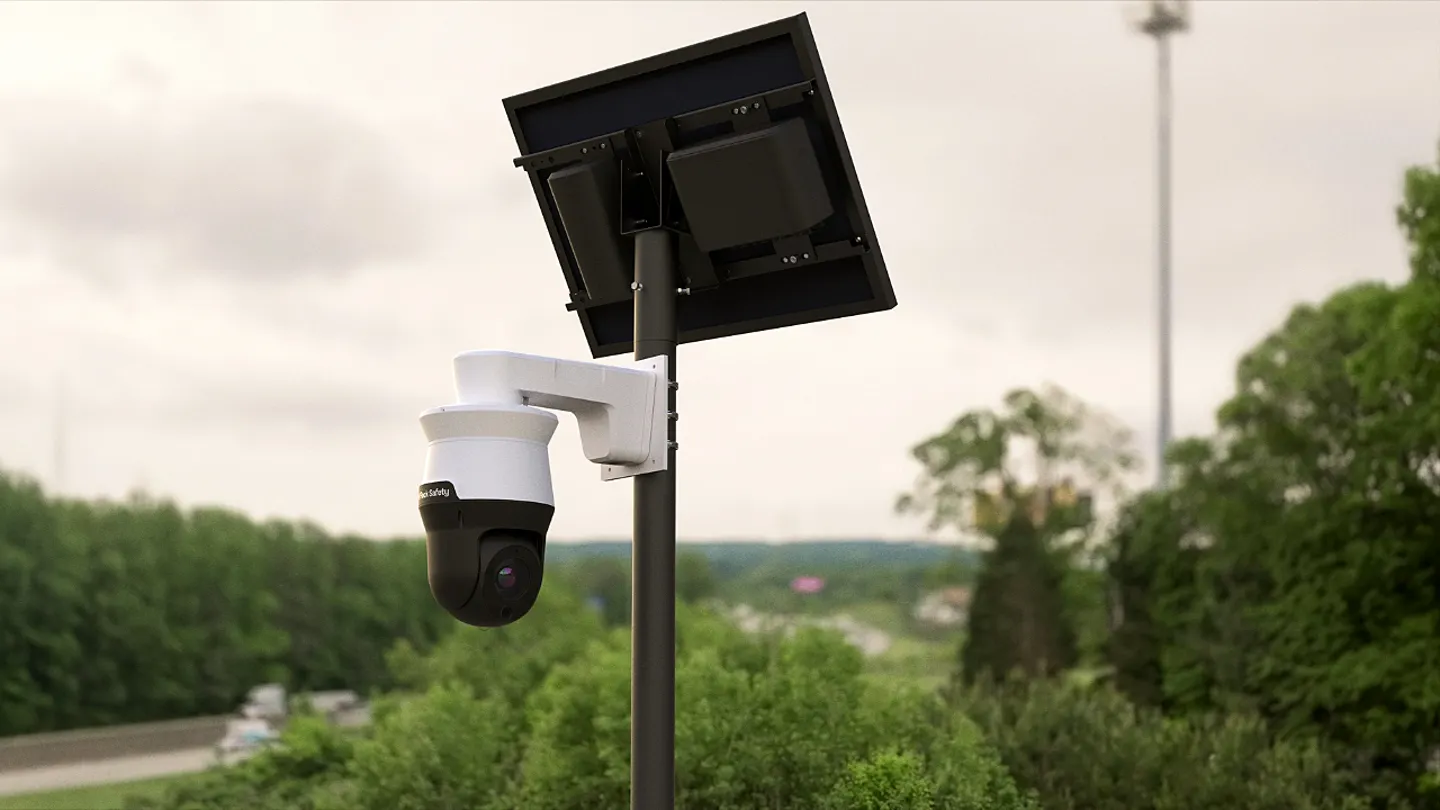This op-ed was published this week in the Salt Lake Tribune.
When you really think about it, racial bias in policing is a bold statement to make, especially when talking about individual officers. Chances are you have a friend, or a relative, or at least know of someone who is in law enforcement, and when these claims of racism were boldly made this summer, you may have questioned them for this reason.
Who are these angry protesters to call my friend/relative/acquaintance a racist? Or maybe you acknowledge racism may exist but only as a product of the policing system as an institution — not within individual officers.Whatever you think about racism in policing, the fact is, racial disparity does exist in Utah’s criminal justice system. Consider racial disparity in the state’s incarcerated population, for example. In 2017, only 20% of Utah’s population were minorities. Yet, racial and ethnic minorities made up 43% of the prison population, which is an astoundingly disproportionate representation of minorities in the justice system.
The reason for this problem isn’t entirely clear, and pointing fingers at different government agencies and their employees won’t necessarily help solve this. But strategic policy change can move the state in the right direction.
One such policy idea is to reform how police interact with individuals at the very beginning of most people’s interaction with the justice system: during a roadside vehicle stop.
Oftentimes, getting a traffic ticket and paying it online will be a person’s only encounter with the justice system. But for some, that seemingly simple traffic stop can be extended into a much more lengthy and burdensome process. And it takes only one discretionary question from a police officer to get there: “Mind if I look around inside your vehicle?” Now, the traffic stop has now evolved into a police-driven investigation of sorts — even if no other crime is being committed.
Was it based on a hunch? Is the officer targeting the person because of the beat-up old car or the way the person looks? Is the driver wearing tie-dye with a man bun and has a lighter in the cup holder? There are a million possibilities.If the driver objects to a search, the person could be directed to stay put until a K-9 unit arrives on scene — which could take over an hour — or the officer could continue to push, and question the driver. If the vehicle owner consents to a search, the person could be stuck waiting for the car to be turned inside out. People, of course, have the right to refuse a search if they’re simply being asked without the backing of a warrant. But research shows most people don’t because of the casual language officers often use when asking to search and because of the sheer intimidation of objecting to a government authority with a badge and a gun.
Individuals have Fourth Amendment constitutional protections against unlawful searches and seizures, but they’re not asserting those rights. And the reason for this isn’t changing. To help ensure privacy rights are upheld and officers aren’t fishing around based on implicit bias, officers should ask to search the vehicle only if they have reasonable and articulable suspicion that a crime beyond the reason for the stop is being committed.
This would help protect the officer from targeting accusations by ensuring the public that officers search only if they truly believe other crimes are being committed. It would also provide clear guidelines for officers to follow if they’re questioning when to ask to search a vehicle or not. And, most importantly, it would protect individual drivers who are not carrying around criminal evidence in their car, but are suspected of doing so for the way they look or the car they drive.
This policy change isn’t going to solve racial bias in the criminal justice system. But it’s one small, yet effective, way to help ensure it hardly happens during traffic stops.




